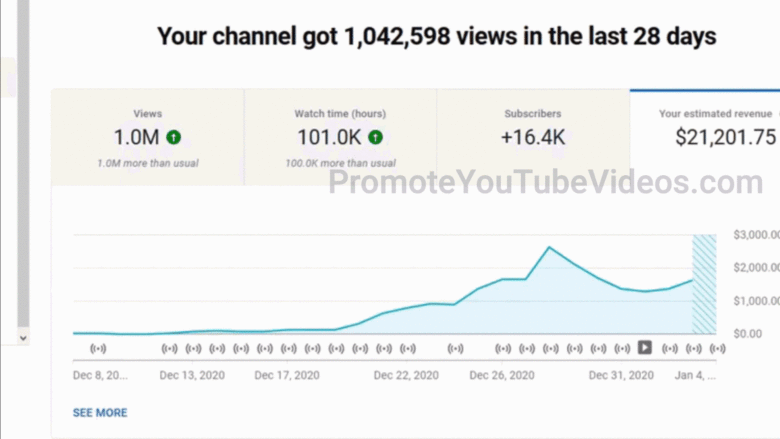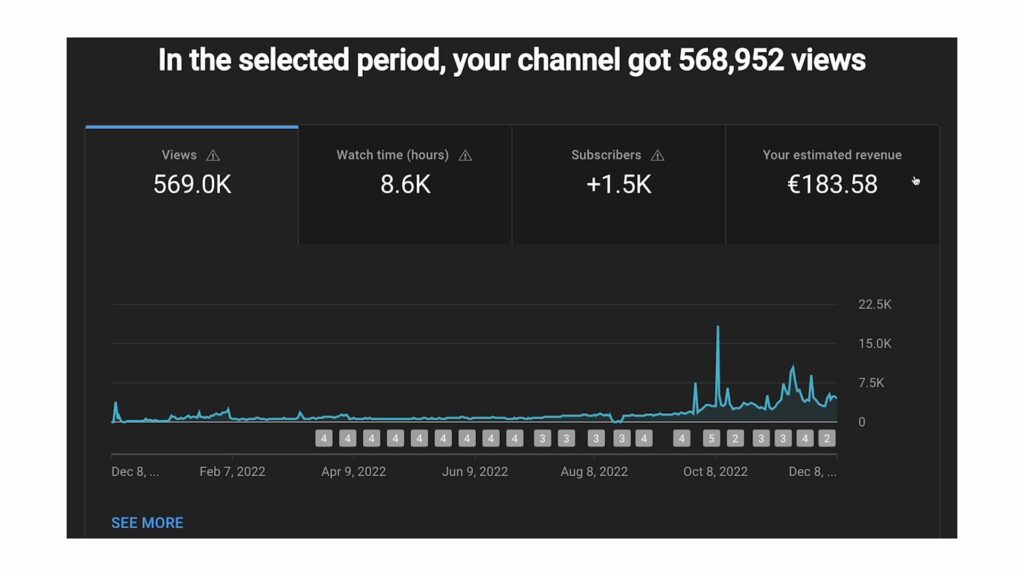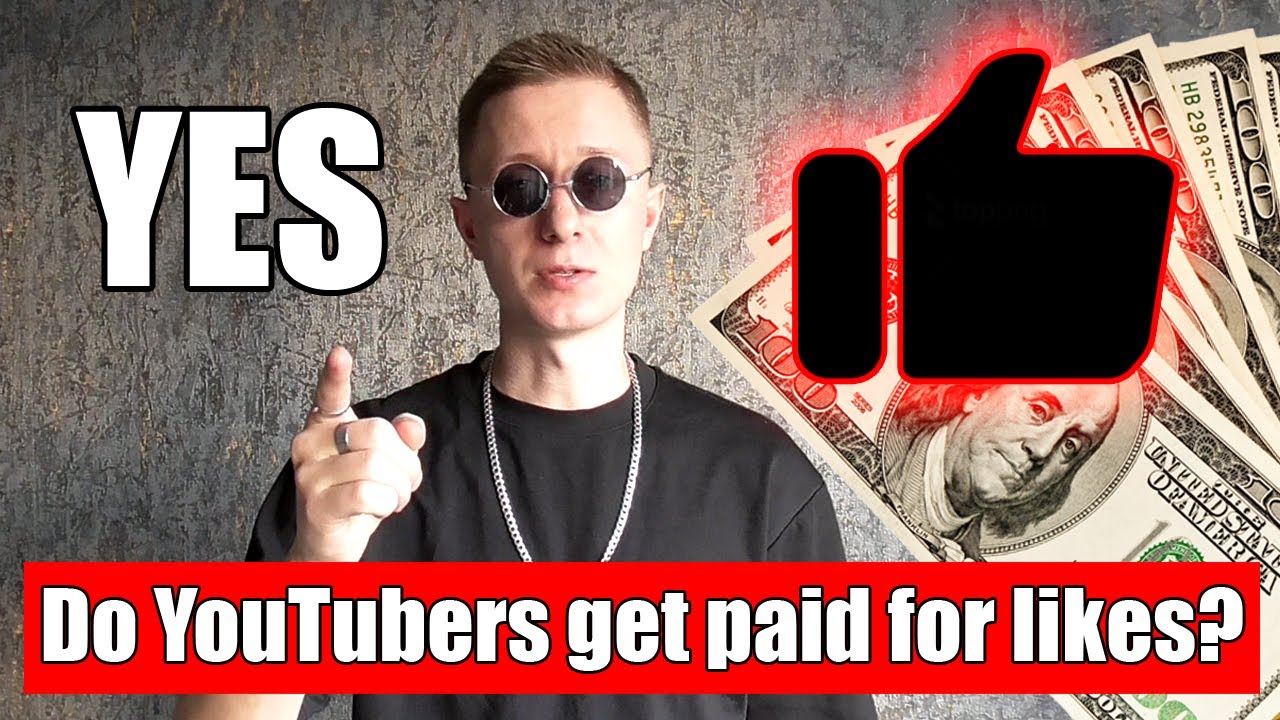Have you ever wondered how YouTube creators transform those tiny thumbs-up likes into actual cash? You’re not alone! YouTube monetization can seem like a mystifying world filled with algorithms and analytics that are tough to navigate. In this blog post, we’ll break down the fundamentals of
The Basics of YouTube Monetization

Diving into the world of YouTube monetization can feel overwhelming for newbies and seasoned creators alike, but it doesn't have to be! The fundamental ways YouTube creators earn money revolve around advertising, sponsorships, merchandise, and more. Let’s take a closer look at these key elements:
- Ad Revenue: This is the lifeblood of YouTube monetization. Creators earn money through ads displayed on their videos. These can be pre-roll ads, mid-roll ads, and display ads, and the earnings vary based on views and audience engagement.
- YouTube Partner Program: To unlock monetization features, creators need to join the YouTube Partner Program. This requires reaching at least 1,000 subscribers and 4,000 watch hours in the past 12 months.
- Sponsorships: Many creators partner with brands to feature their products in videos. These deals can be incredibly lucrative, sometimes providing more income than ad revenue.
- Merchandise Sales: As creators build their own brand, they may offer merchandise to their followers as a way to earn extra income.
- Memberships and Donations: Some channels offer membership tiers, allowing fans to support creators directly. Platforms like Patreon or YouTube’s own Super Chat are also popular for donations.
So where do likes fit into this equation? While likes don't directly translate to dollar signs, they do play a crucial role in creating visibility and engagement, thus indirectly impacting earnings. Keep reading to find out more about the intricate connection between likes and YouTube earnings!
How Likes Influence Earnings

When it comes to YouTube earnings, many creators often wonder how crucial likes are in the grand scheme of things. While it's tempting to think of likes as simple tokens of appreciation, they play a more significant role in the YouTube ecosystem. Likes can heavily influence a video’s visibility on the platform, which can lead to increased earnings.
Here’s how likes impact your potential revenue:
- Increased Visibility: Videos that garner more likes tend to be favored by YouTube's algorithm. This means they are more likely to show up in suggested videos and search results, exposing your content to a broader audience.
- Engagement Metrics: Likes contribute to engagement statistics. Higher engagement often signals to YouTube that the content is valuable, which can coax the algorithm to promote it more actively. This is a win-win for creators.
- Higher Click-Through Rates: Videos with a high like count may catch the eye of potential viewers skimming through their feeds. The perception of popularity can lead to an increase in click-through rates, driving more traffic to your video and, in turn, your earnings.
In essence, getting more likes can result in greater exposure, which can multiply view counts and, ultimately, revenue. Therefore, fostering a community that actively engages with your videos by liking them could be one of the simplest yet most effective strategies to boost your YouTube earnings.
Factors Affecting YouTube Revenue

YouTube earnings can vary widely from one creator to another, and it's not just about the number of views or likes. Several complex factors come into play when it comes to determining your revenue. Understanding these factors can help you strategize better for your channel.
| Factor | Description |
|---|---|
| Ad Revenue: | Your earnings from ads depend on factors like CPM (cost per thousand impressions), which can fluctuate based on the niche of your content and your audience's demographics. |
| Views: | More views generally translate to more revenue. However, the type of views matters; for example, a targeted audience might yield higher earnings than generic views. |
| Engagement: | As mentioned earlier, likes, comments, and shares contribute to engagement metrics. High engagement can encourage YouTube to promote your videos more. |
| Niche: | Certain niches are more lucrative than others. For instance, finance-related content tends to attract higher-paying advertisers compared to less lucrative categories. |
| Audience Location: | The geographical location of your audience can influence your earnings. Advertisers usually pay more to target audiences in specific countries. |
Ultimately, understanding these nuances can empower creators to optimize their channels for better earnings. Whether it’s focusing on audience engagement, selecting a fruitful niche, or simply increasing your content visibility, being informed can make all the difference.
Comparing Likes to Other Engagement Metrics
When it comes to evaluating the success of a YouTube channel, likes are just one piece of the puzzle. While a higher number of likes typically indicates that your content resonates with your audience, it's essential to compare this metric with others to get a complete picture of engagement. Let’s break down some of the most important metrics and how they intertwine with likes.
- Comments: Comments show viewers' willingness to engage in conversation. A video with a lot of likes but few comments might suggest that viewers enjoyed it but didn't feel compelled to share their thoughts.
- Shares: When viewers share your video on other platforms, it indicates strong appreciation and an intention to spread your content. Notably, videos with high likes and shares often go viral.
- Watch Time: This metric measures the total minutes viewers spend watching your video. A high amount of watch time coupled with likes often suggests that your content is both appealing and engaging.
- Subscribers Gained: If a viewer likes your video and then subscribes to your channel, it shows that your content left an impression. Tracking likes against new subscriber counts can provide insights into how effectively you’re converting viewers into fans.
- Dislikes: While this may seem negative, dislikes can offer valuable feedback. A video that receives a high number of likes and dislikes may indicate that it's polarizing, which isn’t necessarily bad if it sparks discussion.
In summary, while likes are undoubtedly important, understanding them in relation to other engagement metrics will give you a more holistic view of how your content is performing. It’s a dance, where every metric plays a part in the rhythm of your channel's success.
Case Studies and Examples
To truly understand the correlation between likes and YouTube earnings, let’s take a look at some case studies and examples from well-known YouTubers. These real-world scenarios will help illustrate how likes influence monetization in different contexts.
| YouTuber | Video Title | Likes | Earnings Estimate |
|---|---|---|---|
| Channel A | Top 10 Travel Destinations | 25,000 | $1,200 |
| Channel B | DIY Home Decor | 15,000 | $800 |
| Channel C | Gaming Tips and Tricks | 40,000 | $2,000 |
For example:
- Channel A: This travel channel produced a stunning video with breathtaking visuals. Garnering 25,000 likes, it not only attracted a significant audience but also earned an impressive $1,200 through ads and sponsorships due to its high engagement.
- Channel B: On the other hand, Channel B’s DIY video received 15,000 likes. While good, it didn't receive as many views or earnings, showcasing that topics also play a crucial role in engagement and monetization.
- Channel C: Known for its gaming content, Channel C saw a spike in popularity, landing 40,000 likes. Their earnings soared to $2,000, thanks to a mix of affiliate marketing, merchandise sales, and ad revenue.
These examples highlight that while likes drive earnings, other factors—like niche, audience engagement, and promotional strategies—also play a vital role. In essence, aim for a balance of likes and overall content quality for maximum financial benefits.
Understanding YouTube Earnings from Likes
YouTube has transformed into a lucrative platform for content creators, and understanding how earnings are generated from likes is essential for maximizing revenue. While many believe that likes directly translate into earnings, the reality is a bit more intricate. Likes contribute to the platform's algorithm, impacting the visibility and popularity of videos, which indirectly influences earnings.
Here are some key points to consider regarding YouTube earnings from likes:
- Algorithm Influence: The number of likes a video receives signals its quality and relevance to YouTube's algorithm. This can lead to improved rankings in search results and recommendations, increasing views.
- Monetization Requirements: To earn revenue, creators need to be part of the YouTube Partner Program, which requires a minimum of 1,000 subscribers and 4,000 watch hours within the past 12 months.
- Indirect Earnings: Likes do not directly earn revenue, but they can lead to higher CPM (cost per thousand impressions) rates due to increased views and engagements, enhancing overall earnings.
- Engagement Metrics: Higher likes often correlate with more comments and shares, enriching user engagement and boosting potential ad revenue.
- Sponsors and Affiliates: Brands are likely to partner with channels that have high engagement rates—likes are a factor in showcasing this engagement.
| Metric | Impact on Earnings |
|---|---|
| Likes | Increased visibility and potential for higher ad revenue. |
| Views | Direct correlation with ad impressions and revenues. |
| Engagement | Attracts sponsors and boosts CPM rates. |
In conclusion, while likes alone do not generate direct earnings on YouTube, they play a crucial role in enhancing visibility, leading to increased views and potential for higher revenue through advertisements and sponsorships. Understanding this indirect relationship is vital for creators aiming to optimize their earnings on the platform.










